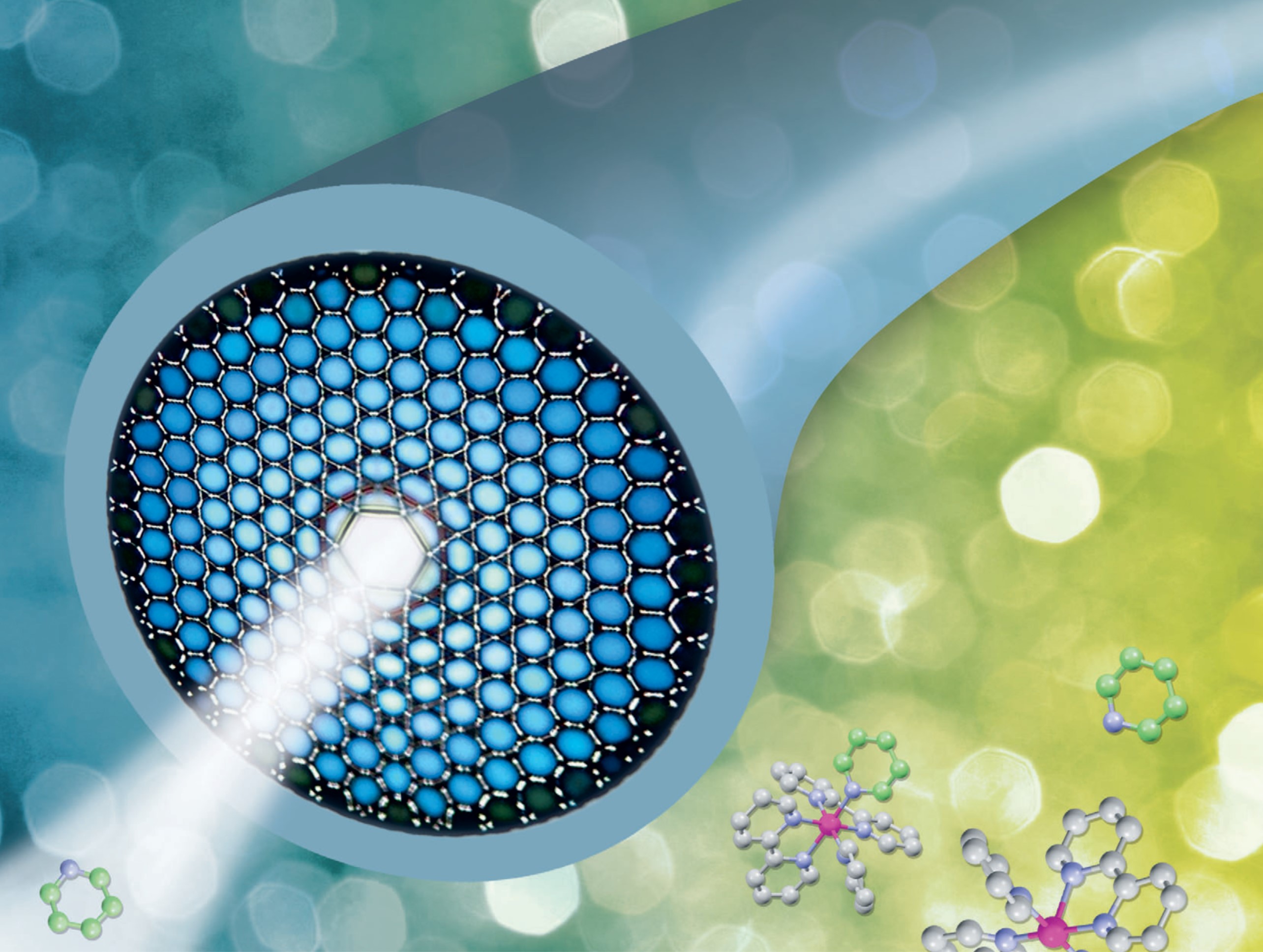The global demand for energy is increasing with every year. If we do not want to rely on burning limited fossil fuels that emit greenhouse gases and contribute to the global warming, we need to find alternative sources. Sunlight, for example, is an abundant and carbon neutral. Photocatalytic materials, that convert water to hydrogen gas under illumination with sunlight, are being developed. This hydrogen gas can then be used as a carbon neutral fuel.
To scale this up to industrial applications, we need to improve the efficiency of these materials. To do this we need to understand how exactly they work. My work within the Optofluidics research group looks at new ways of using a special kind of optical fiber to investigate interactions between light and matter. The hollow core photonic crystal fiber (HC-PCF) is made by bundling together tubes of glass, then heating and drawing them out into a thin fibre about the width of a human hair.
The hollow core with a six-sided cross-section creates a long thin channel through which light and fluids can be guided, maximizing the light’s interaction with the liquid and particles. The fibre can be used to gather information about nanoscale processes of photocatlysts passing through the core by shining light into one end of the fibre, and viewing the intensity of light coming out on the other side.
Analysing the color of the light that comes out of the fibre allows us to identify the composition of a solution. The long interaction length let us detect fluids with low particle concentrations, which is very cost-efficient. By varying the angle of the incident light, you get distinct or patterns or ‘modes’ emerging. This allows us to look at specific areas in fibre and focus on interactions between the surface of the core and molecules in the solution.
This system offers unique opportunities to study photochemical reactions by absorption spectroscopy. This information is necessary in order to improve the efficiency of the photocatalytic reaction and to generate alternative fuels.

